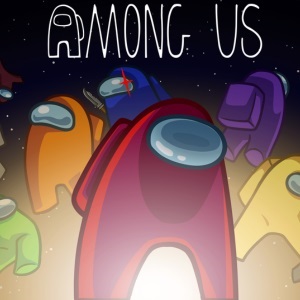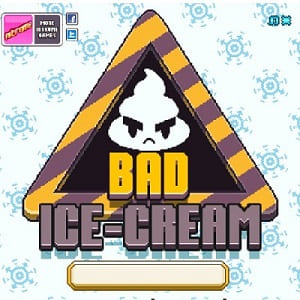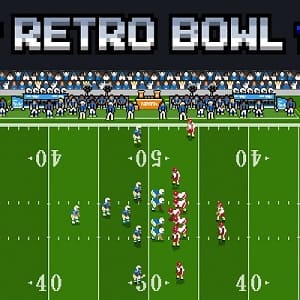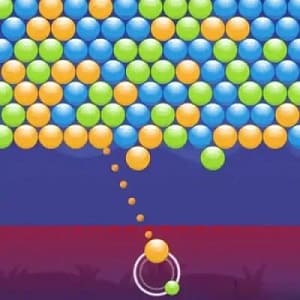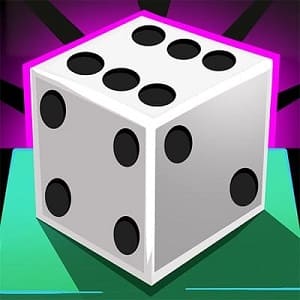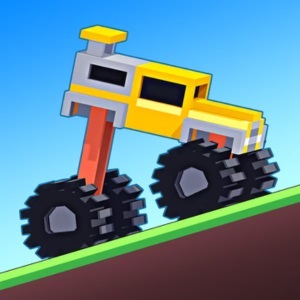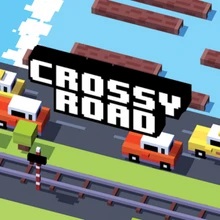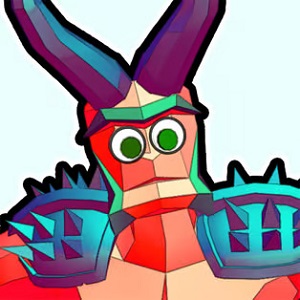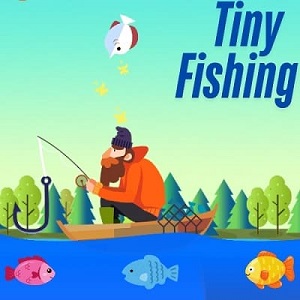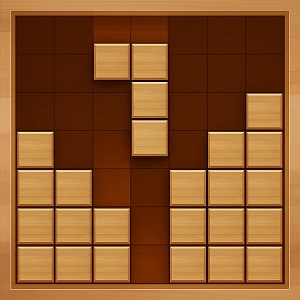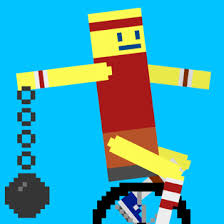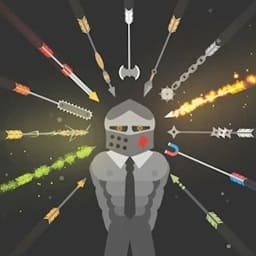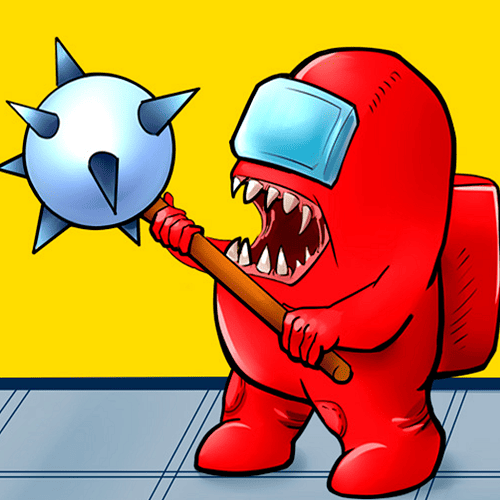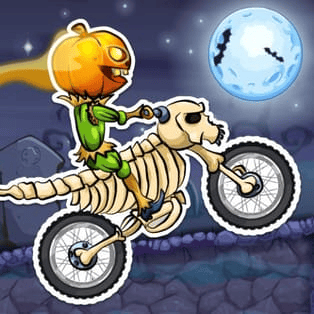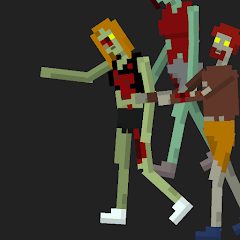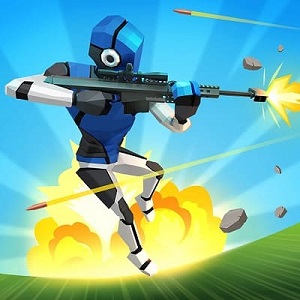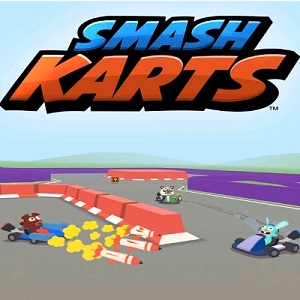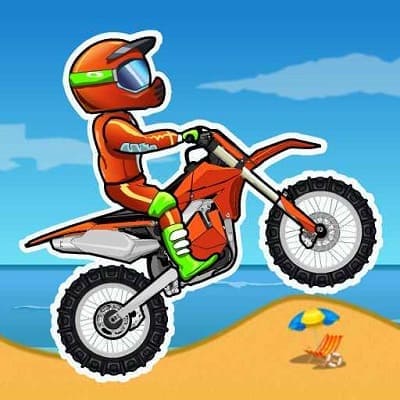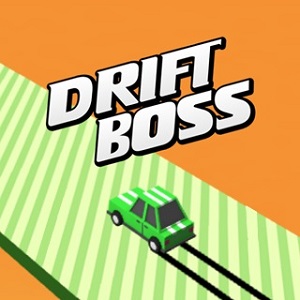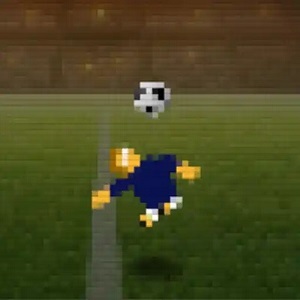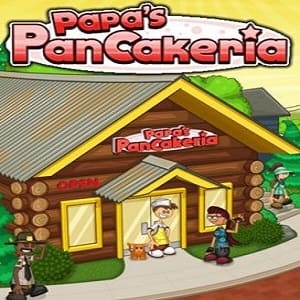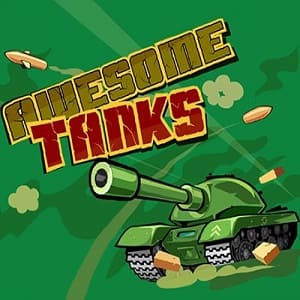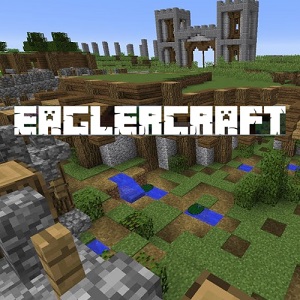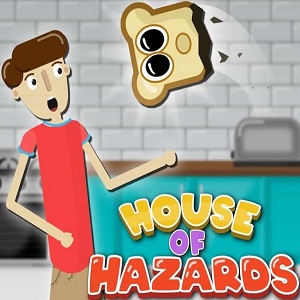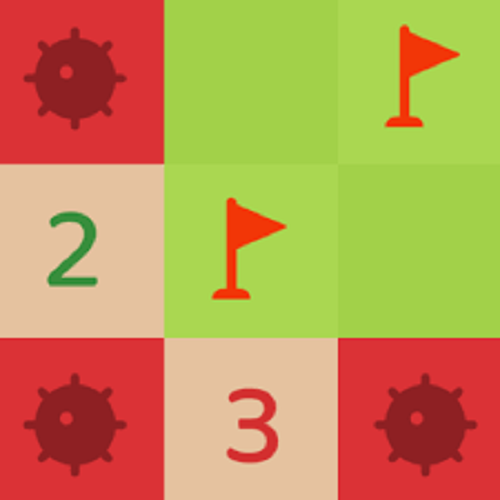
Play on your phone or tablet by scanning this QR code!
- PC: Left-click to reveal, right-click to flag, both-click to chord
- Mobile: Tap to reveal, long-press or toggle for flagging

Minesweeper
- Developer:Ian Andrew
- Technology: HTML5
- Release: 1990
- Platforms: Browser, Mobile App
Introduction to Minesweeper Unblocked 76
Minesweeper is a classic puzzle video game where you clear a board by clicking tiles, using numbers to avoid hidden mines. It first became popular as Microsoft Minesweeper, a version included in Windows 3.1 back in 1990. The game itself, though simple on the surface, quickly shows its depth. Each move makes you think one wrong click, and it’s game over.
The idea of Minesweeper traces back even further, with early influences like Mined-Out, created by Ian Andrew for the ZX Spectrum in 1983. Over time, this logic-based challenge became a staple across operating systems.
Whether playing classic Minesweeper on an old PC or trying a web version today, it remains one of the most recognized logic games ever. Anyone can play Minesweeper, but mastering it? That’s the real challenge.
Core Gameplay Mechanics
The goal in Minesweeper is simple: uncover all the tiles that don’t contain a mine. Each square you click reveals a number, a space, or a mine. The numbers tell you how many mines are hidden in the eight surrounding tiles. Your job is to use these clues to avoid danger and find the safe cells.
There are no weapons, enemies, or power-ups, just logic. Everything depends on reading the numbers and understanding how the neighboring mines in each field shape the board. With no margin for error, each click on a number feels like a small decision packed with risk and reward. It’s all about staying sharp and clearing the board without detonating any mines.
As you play, you'll slowly piece together where the mines are. A “2” on a tile, for example, means there are exactly two mines hidden in the adjacent squares. You’ll need to think carefully before every move. One wrong click and the game ends instantly.
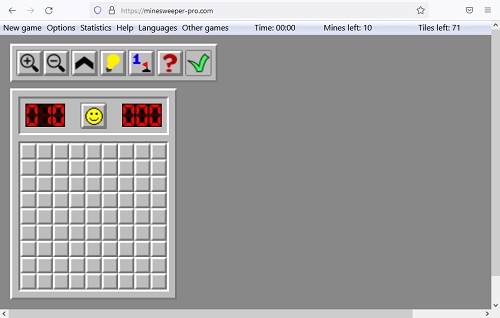
Choose Your Challenge: Beginner to Expert
When you start a new game in Minesweeper, you're offered different difficulty levels beginner, intermediate, and expert. Each one changes the size of the board and the number of hidden mines.
A beginner board might take just a few minutes to clear, while an expert grid can leave you staring at rows divided into cells, wondering what move to make next. After playing for hours, completing the intermediate level without a single mistake felt like a personal milestone.
New Modes, Fresh Puzzles
Over time, Minesweeper has evolved beyond its original format. On Microsoft's newer versions and Minesweeper Online, you can try out extra modes like Adventure Mode or daily challenges.
These puzzles often feature unusual shapes or custom layouts and are perfect when you want something different from the traditional grid. One day, I spent nearly an hour on a “no-guess” daily puzzle. It was tough, but solving it without relying on chance felt amazing.
More Than Just a Grid
Many versions now include special themes, such as classic or playful ones like “Flower Field,” which change the look without affecting gameplay. There's also something satisfying about seeing a board slowly open up, each cleared area exposing more clues. It’s not just about surviving, it’s about spotting patterns and making smart moves. And when you're using a clone or variant of Minesweeper built in JavaScript, you realize how many creative spins the community has added to a game that once came pre-installed on XP.
Climb the Leaderboards, Beat Your Best
If you're competitive, leaderboards and tracked achievements add another layer. I’ve seen players on Minesweeper Online complete expert boards in under 40 seconds, an unreal pace.
Personally, unlocking all achievements in the best version I’ve played felt like a trophy. Each win, every click, and loss teaches you something new. And that’s what keeps you coming back.
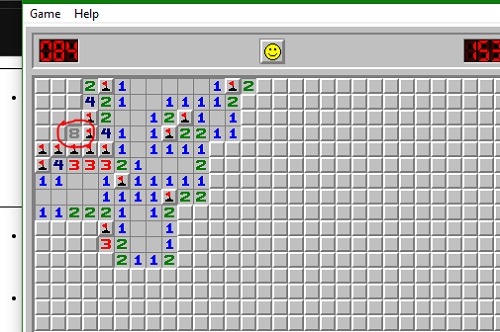
Tips and Strategies for Beginners
If you’re just starting to play the classic version of Minesweeper, don’t worry, it’s easier than it looks. Start by clicking a corner or an empty square near the edge. Most versions guarantee the first click is safe, so you won’t lose immediately. From there, use the numbers to help from clues, for example, if a tile shows “1” and it’s only touching one unrevealed square, that square has a mine.
Use the flag tool carefully. Right-clicking a tile will place a flag if you’re sure a mine is there. If you’re not sure, use a question mark instead, which helps you mark spots without committing. This is especially useful on a 10-minute beginner board, where it’s easy to get overwhelmed if you flag too early.
Remember, the number of mines around a tile equals the number of dangerous squares touching it. A pattern like “1-1” next to two unrevealed squares often means each square hides a mine. These basic patterns are key to building confidence. With practice, you’ll enjoy the game more as you recognize clues faster and make fewer mistakes.
Intermediate Tactics
At the intermediate level, pattern recognition becomes key. You’ll notice common patterns like “1-2-1” or “1-2-2-1” and know exactly where the mines are. These patterns help you quickly mark a square as a mine or safely click on a number without guessing.
Use “chording” when you’ve correctly flagged the number of neighboring mines around a revealed tile. You can clear all remaining mine-free tiles nearby by clicking both mouse buttons at once. This saves time and helps you focus on the spots that still contain mines.
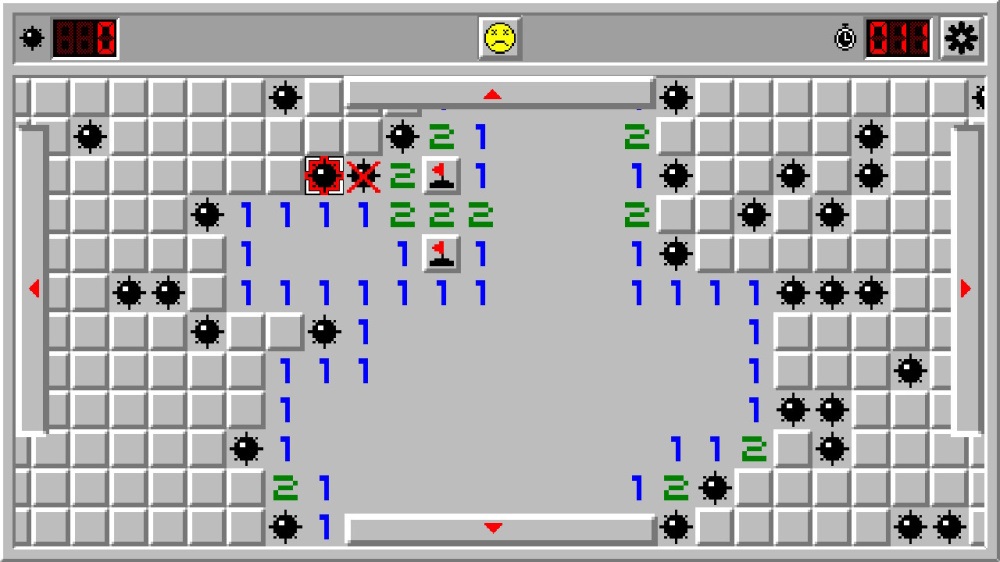
Advanced Tactics & Optimization
When you run out of logic-based moves, probabilistic guessing becomes your best option. Look at the remaining squares and compare them to the total mine count left. Choose the square that opens the most space or gives the most clues if it’s safe, this is a common tactic among high-level players.
Some top players disable flagging entirely and use the no-flagging technique. Instead of marking suspected mines, they rely on memory and fast deduction. It’s risky but efficient, especially in timed play, since placing flags can slow you down and clutter the board.
For optimization, serious players use 3BV (Bechtel’s Board Benchmark Value) and 3BV/s to track performance. These numbers reflect how complex a board is and how quickly you solve it.
The goal is to make the game faster without mistakes by ensuring the number of flagged squares is always equal to the number of actual mines or skipped entirely in a guess-free mode.
Pros and Cons
Pros
Game of Minesweeper is one of the most timeless puzzle experiences ever made. It’s simple to learn, with easy mouse controls and a clear goal: uncover all the non-mine squares. This classic game has been generally played on personal computers for decades and still holds up today. You can enjoy it for five minutes or get lost in it for hours, and the strong online community means there’s always help and strategy tips when you need them.
Cons
Still, Minesweeper isn’t perfect. Some boards force you into 50/50 choices where logic won’t help, which can feel frustrating. Over time, the game might feel repetitive, especially to new players who don’t vary their approach. And while the older versions were clean and free, some newer editions, especially on the Microsoft Store, include ads. But even with those drawbacks, many still call it one of the best puzzle games ever.
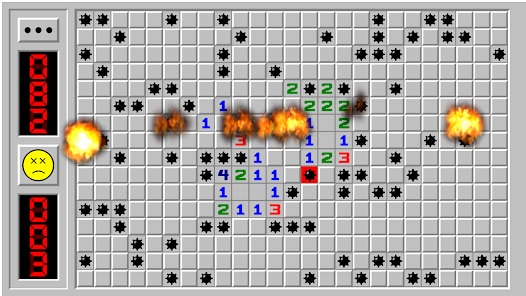
Similar Games and Inspired Titles
|
Game
|
Similar
|
Different
|
|
Minesweeper |
The original logic puzzle where players uncover safe tiles while avoiding mines.
|
Uses numbers to guide decisions, with some guessing in later stages. |
|
Hexcells
|
Like a hex-based variant of Minesweeper. It removes guessing and focuses on pure logic.
|
Each level has a clear solution. Great for players who want a no-guess mode.
|
|
Tametsi
|
A more complex cousin. Every board requires advanced pattern solving with no guessing.
|
Features different grid shapes and dense logic puzzles.
|
|
Nonogram / Picross
|
Doesn’t involve mines but shares the same slow, step-by-step logic as Minesweeper.
|
Instead of flags, players create pixel art using row and column numbers.
|
|
Simon Tatham’s Mines
|
A clean, logic-only variant that feels like playing Minesweeper but without unfair guesses.
|
Encourages careful deduction if you’re stuck, you missed something logical.
|
Some games blend the logic of Minesweeper with the structure of Nonogram puzzles. Titles like Nonosweeper and Polimines 2 ask you to think in two ways at once, using both number clues inside the grid and totals from the edges. It’s like solving two puzzles layered into one, and while it takes some getting used to, it’s a fun challenge for fans of both styles.
Conclusion
The original Minesweeper started as a bundled game on early Windows and quietly became one of the most iconic puzzle games ever made. Simple in design but deep in strategy, it challenges players to clear the board without hitting a mine, using only logic, memory, and the three states of each tile: hidden, revealed, or flagged.
The game continues to evolve from those who play classic on retro systems to those racing for the fastest time possible in modern leaderboards. Whether you prefer the best version with no guessing or the classic format, Minesweeper proves that great design doesn’t need flash, it just needs smart play.

